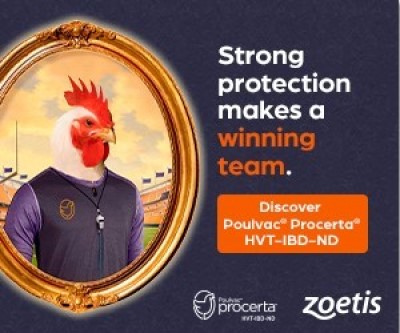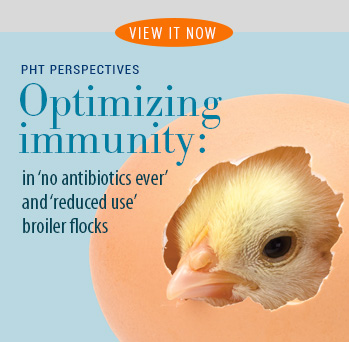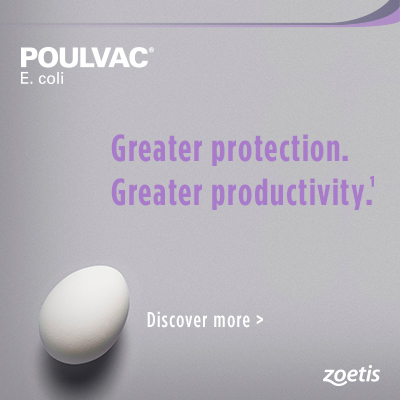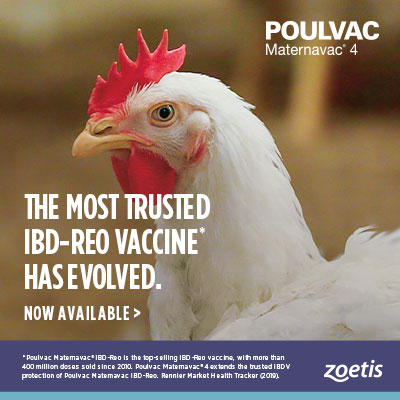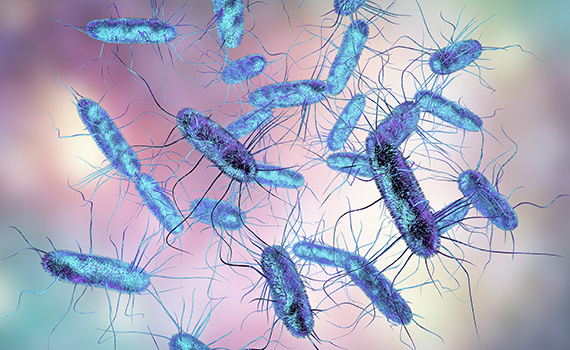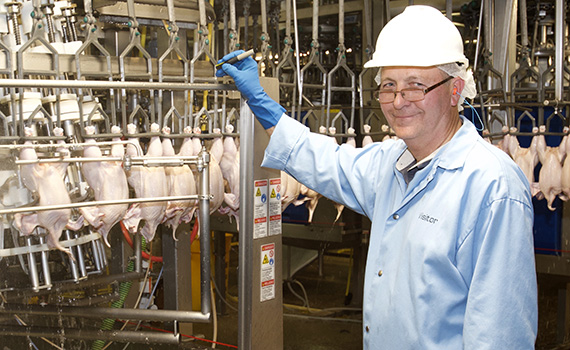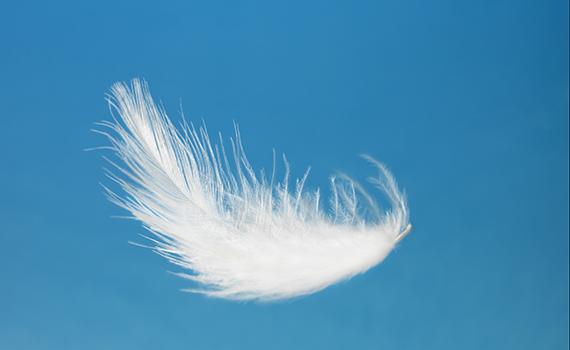Making sense of broiler-feed withdrawal — with the help of a few aphorisms

By Douglas L. Fulnechek, DVM
Senior Public Health Veterinarian
Zoetis
Let me begin, dear readers, by saying that the style of this article differs from my usual pragmatic approach to processing concerns such as maintaining yield or fighting foodborne pathogens.
It was inspired by John M. Cowden’s “Some Haphazard Aphorisms for Epidemiology and Life,” which appeared in the January 2010 issue of Emerging Infectious Diseases.1
Cowden’s memorable and entertaining article, which the Scottish doctor described as a “ragbag of quotations relevant to epidemiology,” had nothing to do with broiler-feed withdrawal and its impact on yield or the load of Salmonella pathogens heading from live production to the processing plant.
But like him, I’ll sprinkle my observations and advice on this topic with a few pithy quotations known as aphorisms to playfully underscore my points.
There is a large body of scientific research about broiler-feed withdrawal. A substantial amount of what I use came from poultry scientist Stan Savage, PhD, who was with the University of Georgia.
“In one word he told me the secret of success…: Plagiarize.”
— Tom Lehrer (musician, satirist and mathematician, 1928-).2
Over the years, there have been many papers published about how feed withdrawal before processing affects broiler yield. Specific findings vary somewhat, but the authors generally agree that the longer a broiler is without feed and water, the greater the yield loss. Off-target withholding not only affects yield, it increases the likelihood of contamination in the processing plant, which may affect compliance with the USDA Food Safety and Inspection Service’s microbiological performance standard.
J.K. Northcutt and others published a study in 2003 that showed an average live shrink — catch weight minus dock weight — of 3.8% at 8 hours.3 Northcutt also commented on earlier studies by other researchers who found live shrink ranged from 0.18% to 0.43% per hour of feed withholding. Mathematically, live-shrink loss means diminished feed conversion.
The takeaway: Optimizing the feed-withdrawal period is bankable.
“I hate math…but I love counting money!”
— anonymous Internet and tee shirt meme.4
It’s common broiler-industry practice to withhold feed and water to empty the intestinal tract before birds go to processing. That large body of scientific research I mentioned earlier has shown a direct link between time without feed and the incidence of fecal contamination at the plant, which can increase the load of foodborne pathogens like Salmonella.
Throughout the industry, there are many arbitrary ways used to calculate the feed-withdrawal period. The only correct way, however, is the one that measures the elapsed time from final consumption to slaughter.
The time it takes to catch a house and transport birds from the farm to the processing plant — plus the time in the holding shed once they arrive — need to be factored in. But those activities do not affect the optimal time between the flock’s last meal and the stunning period.
The takeaway: An optimized feed-withdrawal period minimizes fecal contamination.
“Belief is no substitute for arithmetic.”
— Henry Spencer (computer programmer and Internet pioneer, 1955-)5
A prerequisite for optimal feed withdrawal is steady feed consumption. Broilers in a comfortable environment with full lighting, or near full lighting, consume feed and water at a steady rate throughout the day and night. They will eat about every 4 hours and drink several times during that 4-hour cycle.
Feed outages, light interruptions and cold or hot house temperatures result in binge eating and engorgement, which makes feed-withdrawal optimization almost impossible. Any disturbance in steady-state consumption will affect intestinal-tract emptying and, consequently, sanitary dressing at the processing plant.
Again, that large body of scientific research cited above has shown a broiler with steady-state feed consumption and full access to water will have an empty crop about 4 hours after feed withdrawal. Birds caught 4 hours after feed removal and processed 3 to 4 hours later will have tight, contracted gizzards containing a small amount of dry feed that’s sometimes mixed with litter.
With steady-state feed consumption, feed leaving the gizzard and entering the duodenum exits the intestine in about 2 hours. If normal intestinal contractions occur, the lower intestine and cloaca will be empty 2 hours after feed has stopped leaving the gizzard.
The takeaway: An optimized feed-withdrawal period is 8 hours.
“Brevity in writing is the best insurance for its perusal.”
— Rudolf Virchow (pathologist and polymath, 1821–1902).6
For more information on strategic feed withdrawal and other management practices to reduce the flow of Salmonella from live production into processing, contact the author at douglas.fulnechek@zoetis.com.
Editor’s notes:
Before entering private industry, Fulnechek spent 28 years as a supervisor with the USDA Food Safety and Inspection Service.
The opinions and recommendations presented in this article belong to the author and are not necessarily shared by the editors of Poultry Health Today or Zoetis.
1 Cowden J. Some Haphazrd Aphorisms for Epidemiology and Life. Emerg Infect Dis. 2010 Jan; 16(1):174-177.
2 AZQUOTES. https://www.azquotes.com/quote/739852 Accessed April 17, 2020.
3 Northcutt JK, et al. Effects of Replacement Finisher Feed and Length of Feed Withdrawal on Broiler Carcass Yield and Bacteria Recovery. Poult. Sci. 2003 Nov;82(11):1820-4.
4 Amazon.com. https://www.amazon.com/Hate-Math-Counting-Money-T-Shirt/dp/B07BZVW4PY Accessed April 17, 2020.
5 AZQUOTES. https://www.azquotes.com/author/38164-Henry_Spencer Accessed April 17, 2020.
6 Quotemaster.com. https://www.quotemaster.org/q9c864eec1a925b7f2dcab2107bc16ac4 Accessed April 17, 2020.
POU-00154
Editor’s note: The opinions and advice presented in this article belong to the author and, as such, are presented here as points of view, not specific recommendations by Poultry Health Today.
Posted on August 1, 2021
 We’re glad you’re enjoying
We’re glad you’re enjoying






